Content begins here
Contenido de la página principal
Pulsa para colapsar
Camera Shots
In this lesson, we will learn:
1. What a Camera Shot is
2. Different types of camera shots:
- Distant Camera Shots: Extreme Wide Shot (EWS) and Wide Shot (WS)
- Medium Distance Camera Shots: Medium Full Shot (MFS) and Medium Shot (MS)
- Close Distance Camera Shots: Close Up (CU) and Extreme Close Up (ECU)
WHAT IS A CAMERA SHOT
A camera shot simply refers to our frame scale. Camera shots jointly with camera movements are essential for filmmakers and video producers, because combining them properly allows them to emphasize specific emotions, ideas and movement for each scene.
WHAT IS THE IMPORTANCE OF CAMERA SHOTS
If you want to present a story the best way possible, the way the movies are shot and the angles that are used will fundamentally affect the result. Camera shots control the audience’s attention to aspects of the film the director wants to highlight or different camera angles can influence how the view feels about certain characters or situations.
BASIC CAMERA SHOTS
There are a lot of different Camera Shots and angles and many different ways of describing them. We are going to focus on 3 basic categories with 2 types of Camera Shots in each.
DISTANT CAMERA SHOTS
Extreme Wide Shot (EWS)
Extreme Wide Shot or Extreme Long Shot is when a scene is filmed from a great distance. The focus is on the scenery and the location, the characters may not be present but if they are, they are very small. It allows the viewers to get a sense of the setting and can establish the atmosphere. It works just like our eyes.
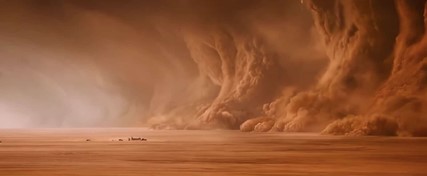
Image Copyright © StudioBinder
Wide Shot (WS)
Wide shot (WS) or Long Shot (LS) is called the shot where the subject is fully shown from top to bottom. For example, if our subject is a human, it is shown from head to toe. Even though it is also a distant camera shot, in this shot the character is more in our focusing point of interest, but still, the scenery has a great importance and dominance.
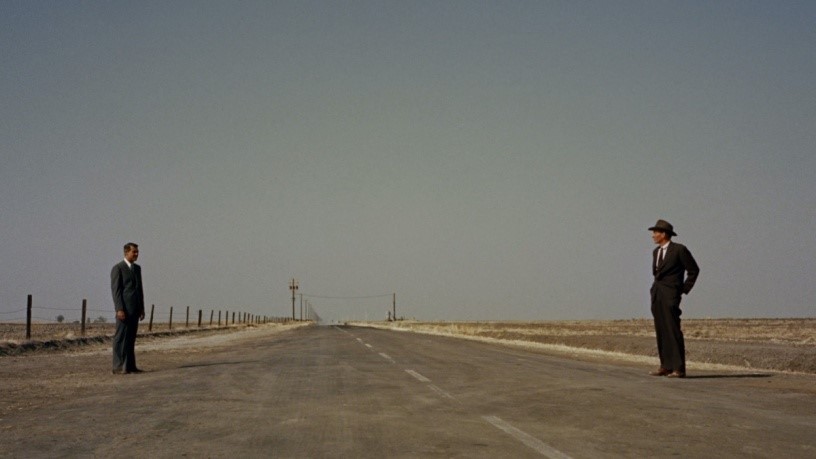
Image Copyright © StudioBinder
MEDIUM DISTANCE CAMERA SHOT
Medium Full Shot (MFS)
The Medium Full Shot is arranged from the top of the subject’s head to just below their waist. It is also known as a Cowboy Shot as back at the time, in Western films from the 1930s and 1940s, the shot was based on the height of their gun holders. This shot gives the subject confidence, it presents it as dangerous and confrontational.
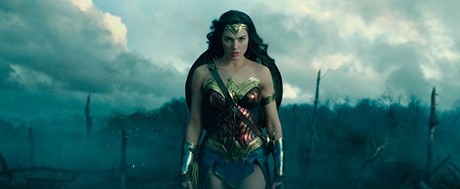
Image Copyright © StudioBinder
Medium Shot (MS)
Medium Shot (MS) or commonly used as Mid-Shot captures the characters from the waist up and ends just above the head. This allows the audience to see their facial expressions in more detail and any accompanying actions. The surrounding is still visible but it’s no longer the focus. This is the most common shot you will see in films. That’s because it’s more of a neutral shot. It captures the subject in a size very similar to how we interact with people in real life.
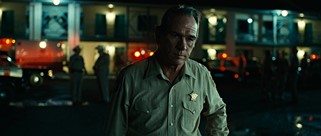
Images Copyright © NFI
CLOSE DISTANCE CAMERA SHOT
Close Up (CU)
The close up fills the screen with part of the subject, for example it draws attention on the characters head. Their emotions and their reactions are perfectly visible and the main focus of this shot. Viewers are able to see the characters expressions. The shot is most often arranged at eye level and of course it creates anticipation.
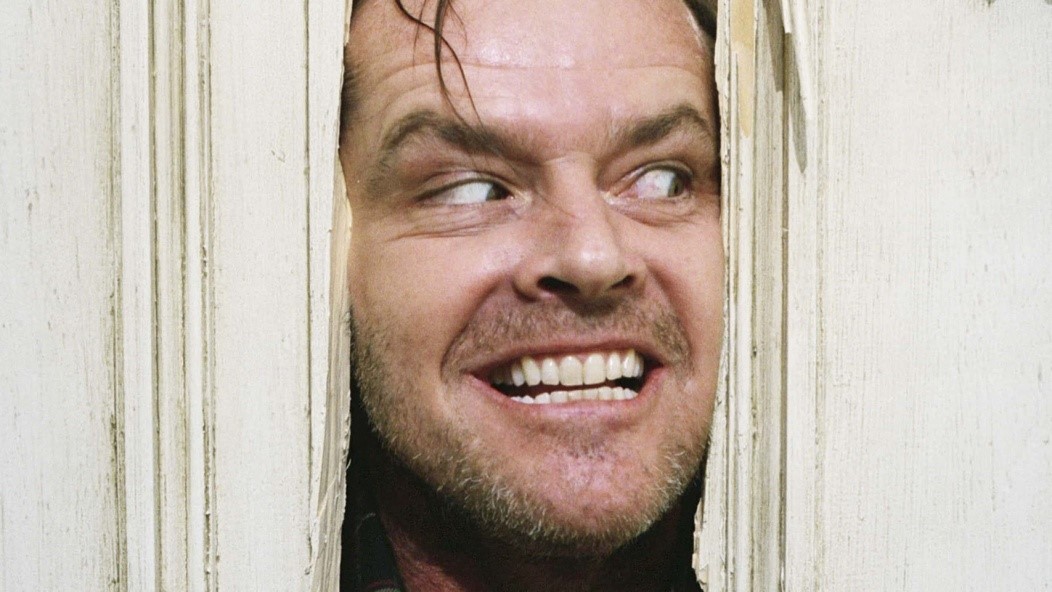
Image Copyright © StudioBinder
Extreme Close Up (ECU)
The Extreme Close Up (ECU) is a shot that frames the subject to isolate a specific area. For humans, it focuses only on a character’s face or even on just one aspect of the character’s face, for example their mout or their eyes. An Extreme Close Up shot on an object is like the director saying that this exact subject is important. The ECU is one of the greatest tool for emphasis.
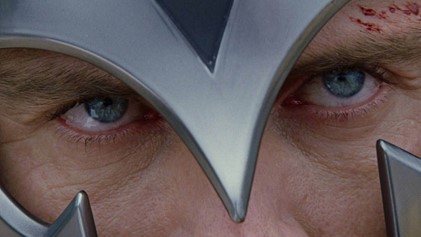
Image Copyright © StudioBinder
Finally
You can combine different shots, angles and camera movements not only to add depth and visual interest to your video, but also to emphasize emotions.
Conclusions
You should think about which is the most appropiate for each scene of the story that you want to transmit, taking into account which emotions you want to emphasize and how you want the story to be perceived.
Video and PDF presentationPulsa para colapsar
The following video explains the content of this lesson and shows some examples:
Here you have the content of the video in pdf in case you need to use it in your classroom:
Pill T3.L2.1 Camera shotsPulsa para colapsar
Pill T3.L2.1 Camera shots
In this pill you will see several shots recorded using different camera shots:
Lesson contents in PDFPulsa para colapsar
Here you have the contents of the lesson in PDF:

